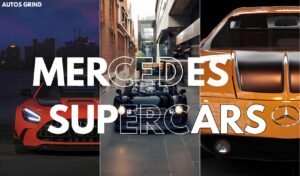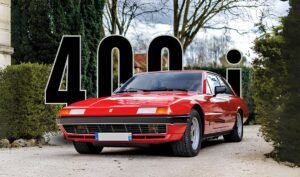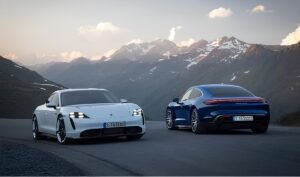Beautifully crafted, powerful, and technologically enhanced – The Ferrari F430. Launched back in 2004 and in production until 2009, the F430 is often regarded as one of the most popular Ferraris of the last decade, and for some praiseworthy reasons.
Being the successor to the legendary Ferrari 360 Modena, the 430 has aged extremely well, holding a special place in the hearts of car enthusiast and collector alike.
The F430 has been engineered from its conception to push the boundaries in the capabilities of a sports car. That wasn’t about just going fast, all that effort went into the creation of one single driving experience that guided the driver through the road when almost no other car would do so.
With amazing aerodynamics and F1 technologies therein, the F430 brought a new dimension of performance to its class, outshining its foes like the Gallardo. The high-spirited red color, classic body lines, and the dire breathing power plant brought up at the Paris Motor Show have sold over 10,000 units so far.
Ferrari F430’s Performance and Powertrain
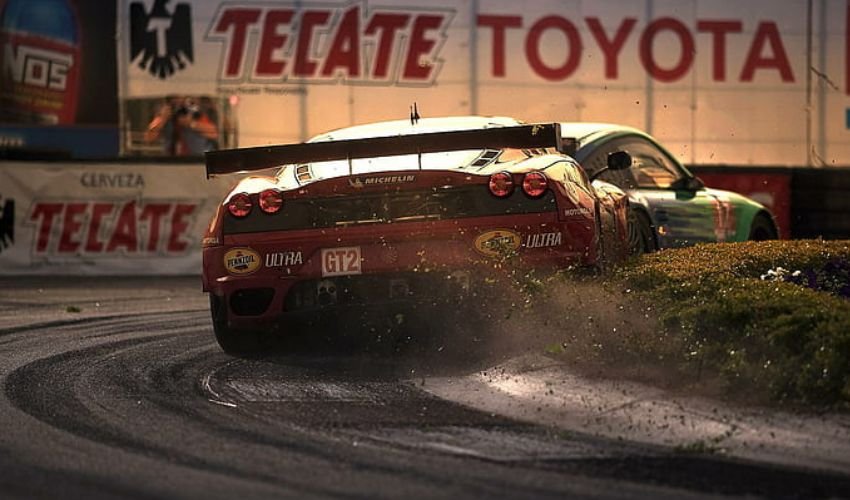
Performance-wise, the F430 had a 20% increase in engine capability from the Ferrari 360 Modena without adding too much to its weight. It is just 4 kg heavier than its predecessor.
With Ferrari, you don’t have to dangle in managing the gears for power. It’s a 4.3-liter V8 engine (F136 E) delivering powerful 483 horsepower at 8,500 rpm and 342 lb-ft of torque at 5,250 rpm, with a compression ratio of 11.3:1.
The engine was a collaborative product of Ferrari and Maserati. It can reach 60 mph within 3.9 seconds, giving a top speed of 196 mph, outperforming many of the older and newer V8 models.
It is one of the very best sports cars that you can use during your daily rides. It’s comfortable and easy to use, with an incredible turning radius. The car’s capable of effortlessly gliding through the tight city streets and even sharp mountain curves.
Once the transition is set to automatic, you will get a relaxed ride at a less frenetic pace. It keeps a balance between the truly remarkable Ferrari performance and comfort for daily drivers.
You May Also Read: Greatest Vintage Ferraris
F430’s Advanced Technology
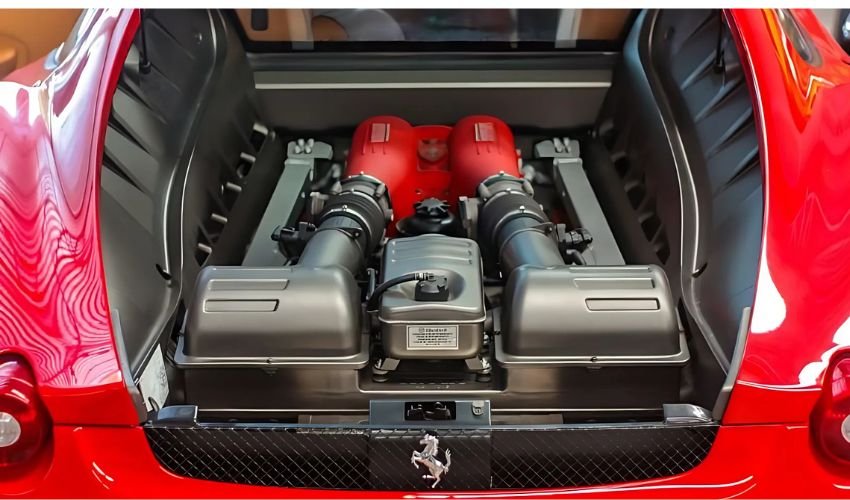
When it comes to technology, the F430 featured the most advanced features of its era. First, the F430’s excellent design, embodying F1 aero technology — specifically, the flat underbody and large rear diffuser to improve downforce and stability. It significantly enhanced downforce, providing a 50% increase over its predecessor, the 360 Modena,
The F430 also featured the amazing Ferrari’s 6-Speed F1 transmission, which can execute shifts in an incredibly quick 150 milliseconds.
Opulent features were added in F430 like the F1an E-Diff, a computer-controlled limited-slip differential that adjusts torque based on steering and acceleration to improve grip and stability during sharp turns.
The F430 also introduced Ferrari’s first “manettino” – a steering wheel knob that lets drivers select from five settings to adjust multiple systems at once. With a simple turn, it changes the stability control, “Skyhook” suspension, transmission behavior, throttle response, and electronic differential. This works similarly to Land Rover’s “Terrain Response” system.
Also Check: Most Expensive Ferraris
Ferrari F430 Driving Dynamics
Complementing this technical gallantry is the F430’s unmistakable exhaust note. The F430 is an exhaust system that opens at higher RPM, above 3,500 RPM, whereby it lets the engine sing and scream with loud overtones- highly characteristic of Ferrari’s racing legacy.
The F430 axles employ a double-wishbone layout, sharing many components with its predecessor. These include aluminum wishbones and coil-over dampers. This tried-and-proven system effectively handles the weight distribution of the car: 43% in the front and 57% in the back.
In addition to this, electronic adaptive dampers are fitted in the suspension of the F430 that continually accept changes in real-time according to road conditions and driving habits.
The car remains stable with a weight of 3200 lbs that is distributed as 43/57 front to rear. On the fuel economy front, you can expect 11 MPG in the city and 16 MPG on the highway. That is a reason to trade off for the power it gives you.
F430 Interior & Exterior Overview
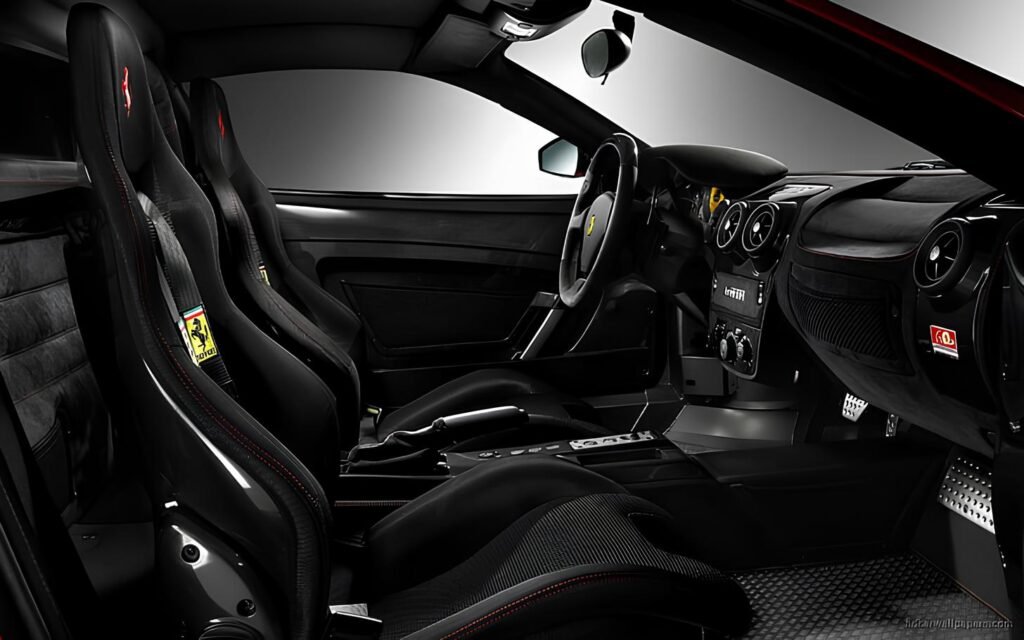
Let’s get into the Ferrari F430’s interior – you are greeted by flaunting luxury. The cabin is dressed in fine leather and carbon fiber with minute details that make your experience better. The seats come with ample side bolstering that keeps occupants firmly in place.
Even in spirited driving, your position is comfortable and adjustable. The dashboard features an energetic tachometer that is available either in red or yellow to give it a sports character. You will see the required gauges to readily access the information.
Although some might say that the Ferrari F430 lacks the striking drama of some other Ferrari models, the design is purposeful. It focuses more on aerodynamics. The front end has aggressive lower intakes and a narrower headlight design. The body lines remind us of Ferrari’s history, that is:
“Aerodynamics are for people who can’t build engines“
⁓Enzo Ferrari
:’)
You May Also Read: Cheapest Ferrari Models
Who Else is in the F430’s class?
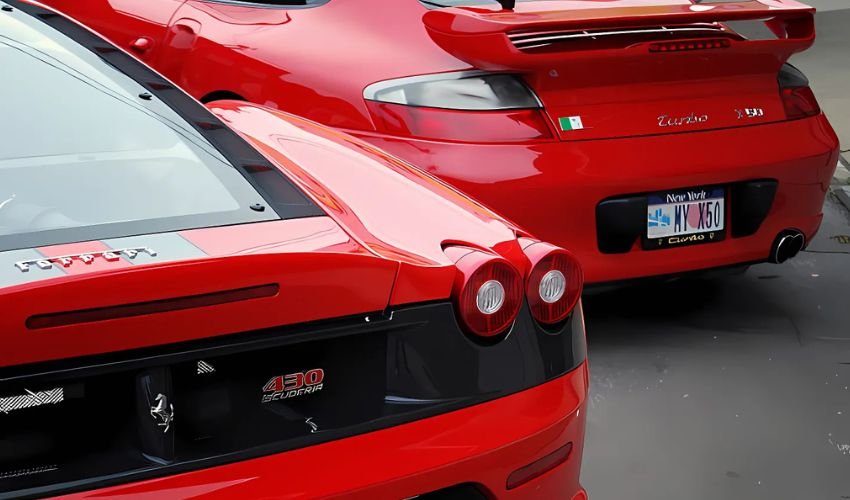
When comparing, the F30 is miles ahead of its predecessors and sits just behind its successor, the 458 Italia. The driving experience might be a few points lower, but it’s still a remarkable production.
Often Lamborghini Gallardo is compared with the F430 as the most powerful competitor, which has a 5-liter V10 engine that produces up to 520 horsepower. Although the F430’s performance specs are much higher, people often prefer the F430 for its driver-focused ergonomics.
Porsche 911 Turbo is another great rival of F430 with its 3.6-liter twin-turbo flat-six engine and 480 hp that can clock a 0-60 mph time in 3.7 seconds. Still not able to match the F430’s raw performance.
Audi R8 is another rival with a similar engine layout, able to produce 420 hp with its 4.2-liter V8 engine. The Ferrari F430 still offers more engine power and a rawer driving experience, while the Audi R8 delivers better fuel efficiency, modern refinement, and slightly quicker acceleration and lap times.
Ferrari F430 By Generations
Ferrari F430 Coupe
The Ferrari F430 Coupe is the standard variant of the 430 lineup that is powered by a 4.3-liter V8 engine. It gives a horsepower of 483 that accelerates it from 0 to 60 mph in 4 seconds. With its 6-speed F1 automated manual transmission, the F430 coupe is a strong version.
Ferrari F430 Spider
The Ferrari F430 is simply made for the open-top lovers. It retains the same engine specifications but adds more to the freedom. It is slightly heavier than its coupe counterpart, but it still achieves 70 mph within 4.1 seconds. The retractable soft top gives you enjoyment in the outside environment.
Ferrari F430 Scuderia (2007 – 2009)
If you are looking for even better performance, the Ferrari F430 Scuderia is the track-oriented alternative with a tuned version of a 4.3-liter V8 engine that elevates power output to 503 horsepower. This gives astonishing performance figures with the ability to accelerate from 0 to 60 mph in just 3.6 seconds.
Ferrari F430 Scuderia Spider
Building more on the Scuderia’s attributes, the Ferrari F430 Scuderia Spider is an amalgamation of open-top driving with race-inspired performance. It shares the same potent 503 horsepower and similar performance metrics.
Final Words
The Ferrari F430 remains one of the most iconic supercars in the modern world, which keeps amazing not only true enthusiasts but also collectors all over the world.
With more than 14,000 pieces produced from its production run from 2004 to 2009, the F430 managed to merge performance, technology, and timelessness in design.
Even the F430 market value has remained stable and still crops up in high-profile collections is a testament to its enduring appeal, and to this day, the F430 still outperforms most of today’s modern competitors by a margin, truly proving the fact that often those classics simply just cannot be beat.


